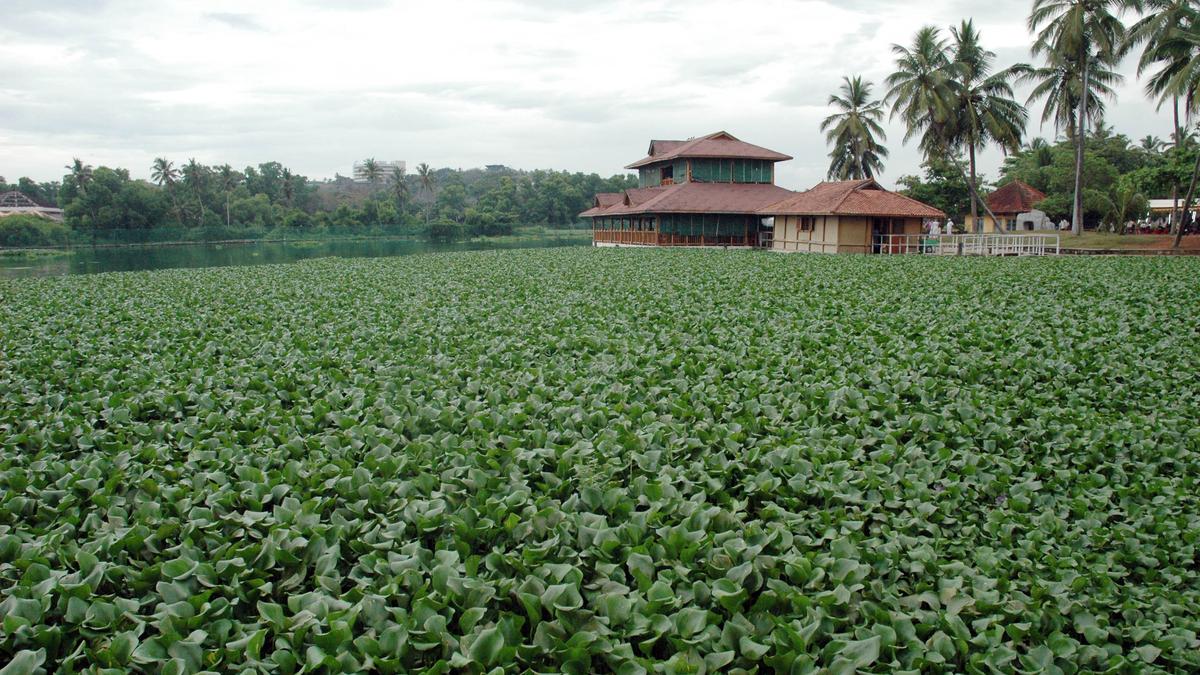Only united action can stop the hyacinth’s invasion

Water Hyacinth: A Looming Threat to India’s Inland Waters
1. Topic and Context
- Topic: Invasive species – water hyacinth (Eichhornia crassipes) affecting inland waters in India.
- Context: Introduced during colonial times as an ornamental plant, it has now become ecologically and economically harmful. Kerala’s Kuttanad region is especially affected.
- Relevance to UPSC:
- Environment & Ecology: Invasive species, wetland ecosystems, biodiversity.
- Agriculture & Fisheries: Impact on paddy cultivation and inland fisheries.
- Climate Change: Methane emissions from decomposition contribute to global warming.
- Policy & Governance: Need for coordinated national policy, inter-departmental cooperation, and private sector participation.
2. Key Facts & Figures
- 2,00,000+ hectares of inland water affected across India.
- Kuttanad region, Kerala: Major disruptions to irrigation and fisheries.
- Methane emission: Water hyacinth releases methane 25x more potent than CO₂.
- Local solutions:
- Odisha: Handicrafts, baskets, furniture.
- Assam & West Bengal: Paper and biogas production.
3. Problems Highlighted
- Ecological Impact:
- Blocks sunlight & oxygen → suffocates aquatic flora & fauna.
- Threatens Ramsar sites and ecotourism.
- Economic Impact:
- Disrupts paddy cultivation & inland fisheries → affects livelihoods.
- Governance Gap:
- Multiple departments involved → fragmented approach.
- No unified national policy or region-specific strategies.
4. Proposed Solutions
- Policy Measures: National policy with region-specific strategies and single-point accountability.
- Scientific Intervention: Mechanized and technologically suitable removal.
- Community & Entrepreneurship: Promote handicrafts, biofuels, compost, and private sector involvement.
- Research & Awareness: Collaboration between academia, policymakers, and local communities.
5. Broader Implications
- Rural Livelihoods & Food Security: Impact on paddy farmers and fishermen.
- Climate Change: Methane emissions worsen greenhouse effect.
- Green Economy: Opportunity to convert invasive biomass into economic resources.
- Governance & Policy: Demonstrates need for coordinated environmental policy and inter-departmental cooperation.
Updated - August 15, 2025 01:13 am IST | The Hindu